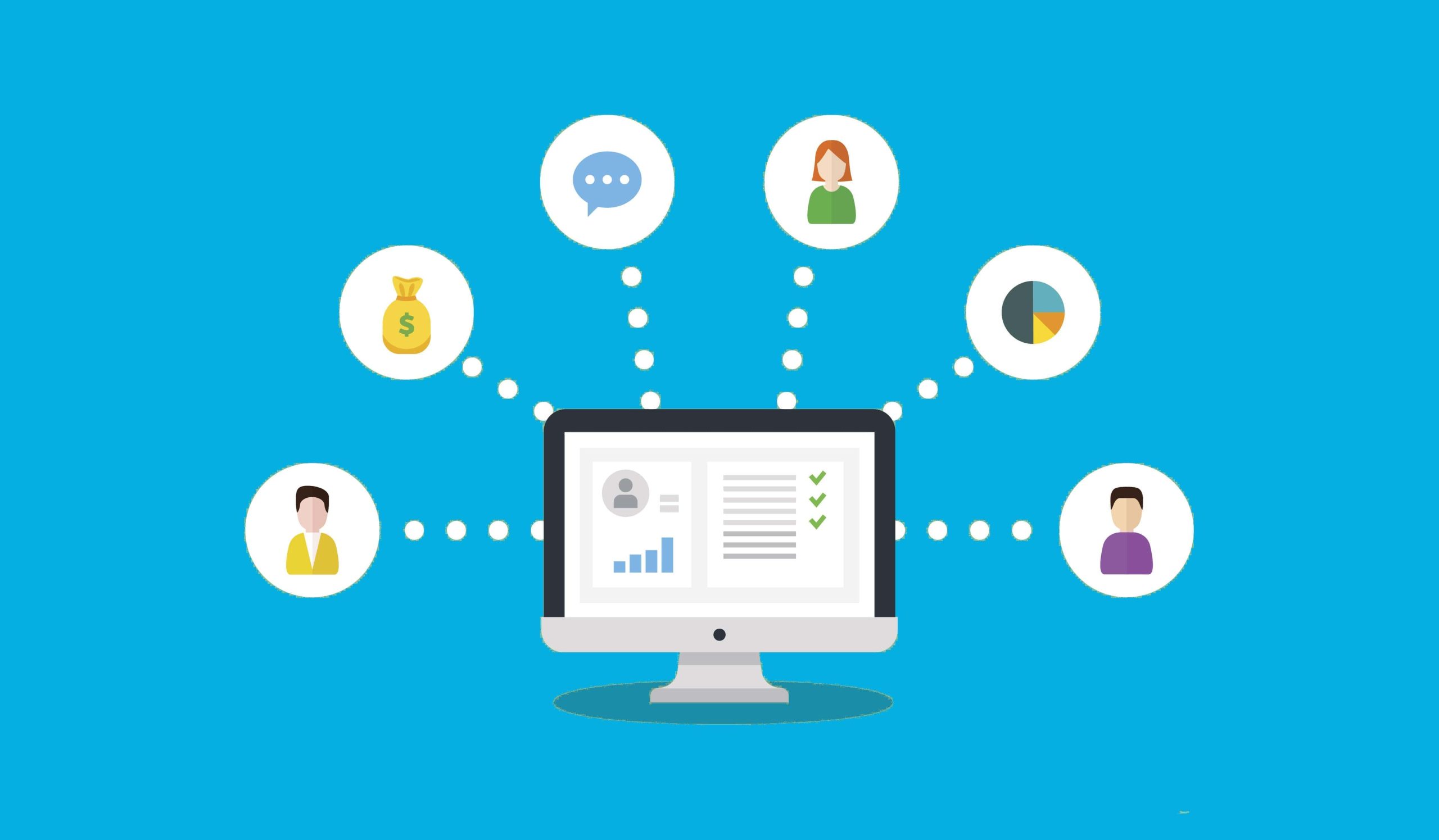Embracing cloud utility management is one of the best ways to increase productivity. It eliminates the need for hardware and software maintenance. It also allows organizations to scale their computing resources as required.
This solution stores your data and applications in a secure environment, protecting it from any failures. It also reduces operational expenses.
User-friendly
Using cloud utility management software helps to reduce the burden on both staff and customers by automating processes and eliminating manual steps. This leads to greater efficiency and fewer errors and miscommunications. This software also helps to track usage data and ensure that billing is accurate per industry standards.
Cloud solutions reside on the vendor’s servers and are accessed through the internet, providing more flexibility than traditional billing systems. Additionally, cloud-based software often comes with backup and recovery features. This can help minimize the risk of losing valuable information due to system crashes or other failures.
Cartegraph is a powerful tool for utilities to manage their energy transitions and deliver on corporate sustainability priorities. It offers a powerful combination of asset management, ERP and analytic applications delivered in a multi-tenant cloud.
Reports
Getting accurate reports helps in making important decisions. It also helps in identifying pitfalls. If the data is inaccurate, then the decision that you make will be wrong. This is why it is essential to choose the right utility management software.
Managing IT architectures and servers takes up valuable time and resources. Utility computing eliminates the need to maintain onsite hardware and allows organizations to focus on other pressing business concerns.
Moving your billing and customer information system (CIS) to the cloud saves money, keeps your data secure and gives you access from any location. But it’s important to understand how cloud hosting works and the risks involved. This webinar will help you make the right choice for your community. You’ll learn about the latest innovations in CIS, and how to leverage these benefits.
Alerts
The platform enables users to monitor and manage their energy consumption through real-time reporting. It also enables them to automate their work order management and billing processes through a single unified platform. This solution also helps them to track their energy usage and costs across all property sites.
Metric threshold alerts trigger when a monitored time series crosses a threshold within a specified duration window. These alerts can be triggered by a metric combination, ratio, or scaling threshold. You can also create forecasted metric-value alerting policies.
HipLink Software combines utility management and asset tracking into one unified platform to help businesses meet customer service demands and reduce energy expenses. Its patent pending technology consolidates utility data from multiple properties into a single database to improve efficiency, budgeting, and reporting.
Scalability
The scalability of cloud utility management software allows utilities to keep up with demand without incurring additional costs. This technology can also help companies stay competitive by delivering better customer service and staying up to date with new business needs.
The key to scalability is that it can expand or shrink computing resources as needed. This flexibility makes it ideal for meter data management, which must be available on tight deadlines to support daily billing and critical meter-to-cash processes.
We use two technical metrics, scalability to volume and scalability to quality, to evaluate the performance of a cloud-based software system. These metrics are independent of non-technical factors that may affect performance. We perform experiments with similar software configurations, hardware settings and demand workload generators on different public clouds.
Security
The scalability and accessibility of cloud software offers several benefits to utilities. It enables faster software development and deployment, reducing the cost of hardware investments. It also enables data replication across servers, protecting against server failures. Additionally, it reduces maintenance costs and helps with regulatory compliance.
Utilities need to be able to adapt to changing business demands without losing productivity or incurring additional costs. Unlike traditional implementations, utility computing requires companies to pay only for the services they use. This model removes the need for costly hardware and software licenses and makes it easier to activate new capabilities such as customer self-service and predictive analytics. Moreover, it is backed by robust security measures and can be securely accessed from anywhere. This is especially important as the industry shifts from social license to corporate sustainability goals.
